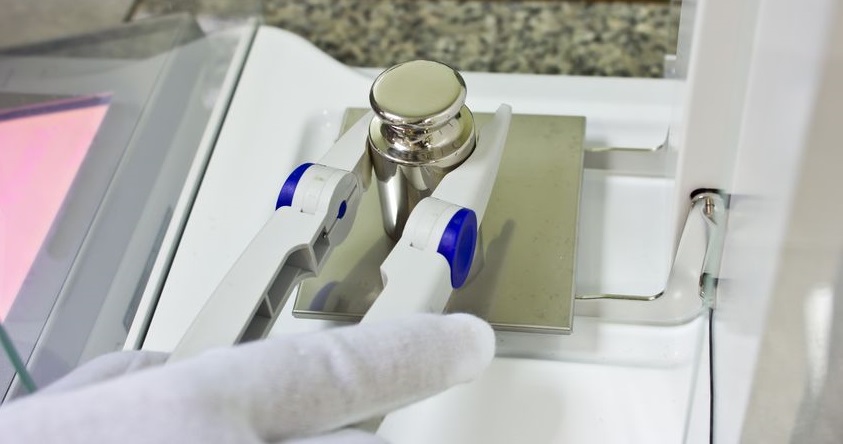Internal versus External Calibration
Posted by Jon M on Jul 22nd 2018
Calibrating your scale or balance is undoubtedly important to ensure measurement accuracy. There are plenty of models on the market that offer both internal or external calibration options. So what is the difference?
What is Calibration?
As it pertains specifically to scales and balances, calibration is the act of adjusting the instrument against known standards to reflect that of the stated accuracy. In simpler terms, calibrating a device ensures it is measuring properly. This is done so using test standards of a known weight. These are also referred to as calibration weights.
Maintaining the calibration of a scale is important to ensure accuracy and reliability. Because what good is a precision measuring device if the results are not accurate? Keeping these units properly calibrated is performed one of two ways. The instrument will use an integrated mechanism to test calibration or a person will perform a manual check using calibration weights. These are referred to respectively as internal calibration and external calibration.
Internal Calibration
Many manufacturers offer models with a feature called internal calibration. This means that the scale or balance has a mechanism built-in that can perform its own calibration. This mechanism is usually a motorized mechanical unit that has an integrated reference weight. Using the menu or automatic settings, the weight is moved onto the load cell and the balance performs its own verification.
There are two ways internal calibration can be performed. There are both manual internal calibration and automatic internal calibration functions. The manual method requires the operator to use the instruments menu to prompt the internal calibration. Scales or balances with an automatic feature will perform their own calibration based on preset parameters or time intervals. Many models even allow the operator to choose when the balance will complete the calibration based on environmental factors like temperature change. Often times, especially with analytical balances, automatic calibration is the preferred choice.
Internal calibration functions are typically preferred in laboratory settings where precise measurements are extremely important. Having a balance that performs internal calibrations further ensures accuracy and reproducibility. Plus, internal calibrations (especially automatic calibrations) reduce the amount of time spent verifying the instrument manually. This consistent verification helps improve quality standards and compliance.
Read also: How to Clean a Balance

External Calibration
External calibration is the method of calibrating a scale or balance manually. This means that the operator must use calibration weights to verify the instrument. To do so, calibration weights of known values are used to check the scale. If the display matches up to the weight being used, the calibration is verified. If it is out of tolerance, the scale will need to be calibrated. This is usually accomplished with a span or linear calibration procedure performed using the instruments menu and the appropriate test weights.
Regardless of which method is used to test a scale, an external calibration should be performed to verify that it is accurate. Even units with the automatic internal calibration function should be checked against test weights from time to time. This ensures that the scale is working properly and that the internal calibration mechanism has not failed. Plus, a little extra piece of mind never hurt.





